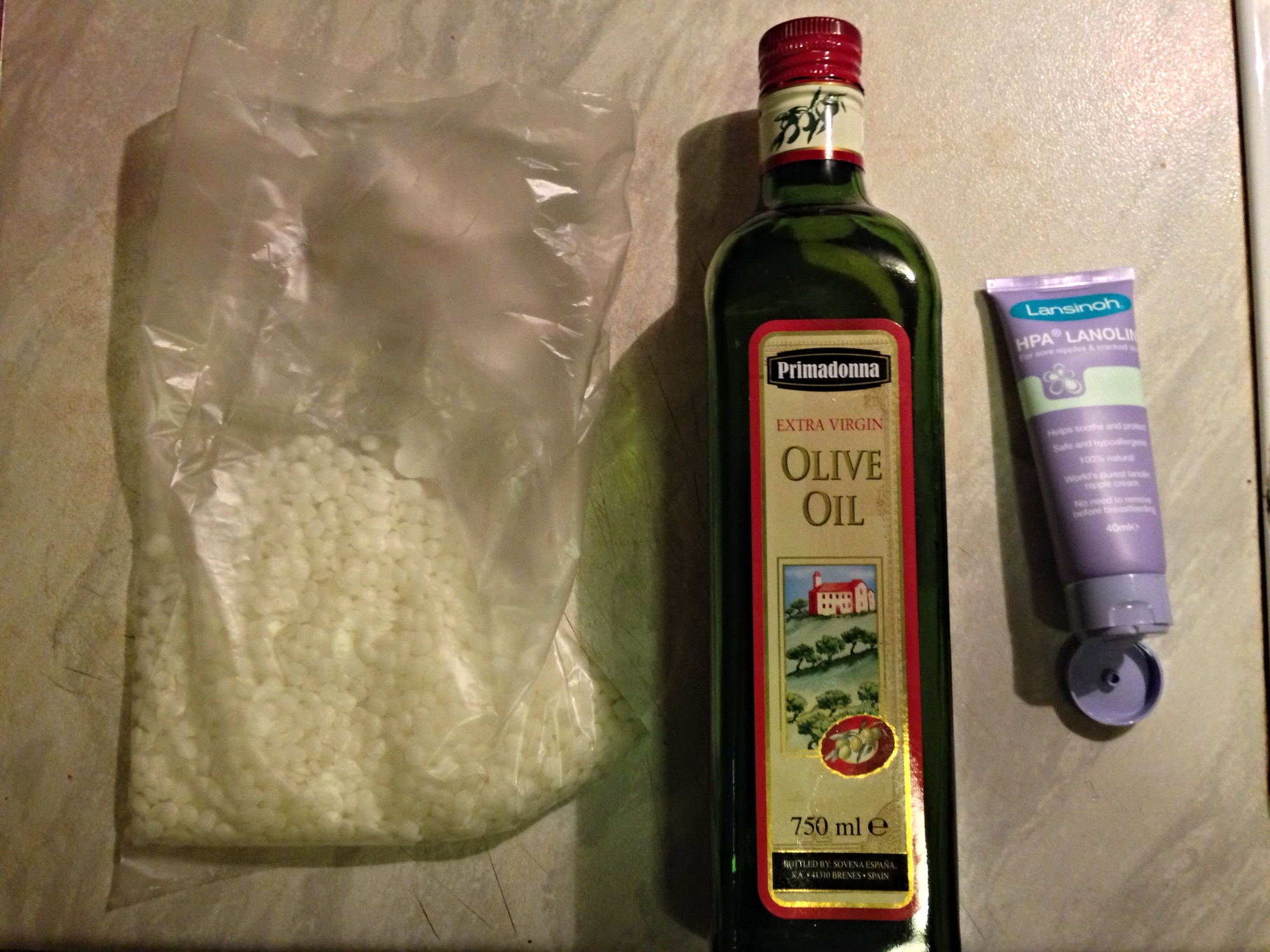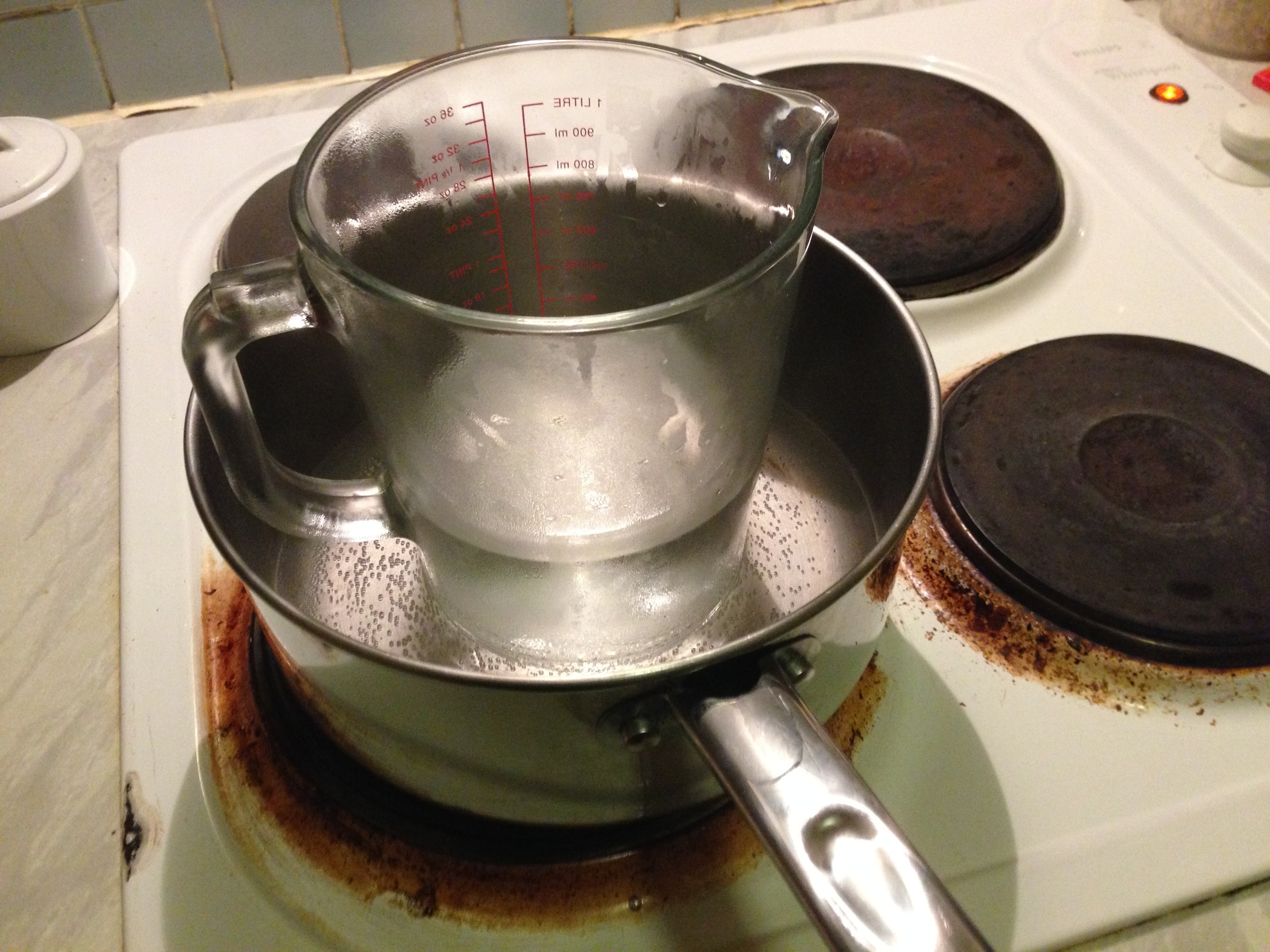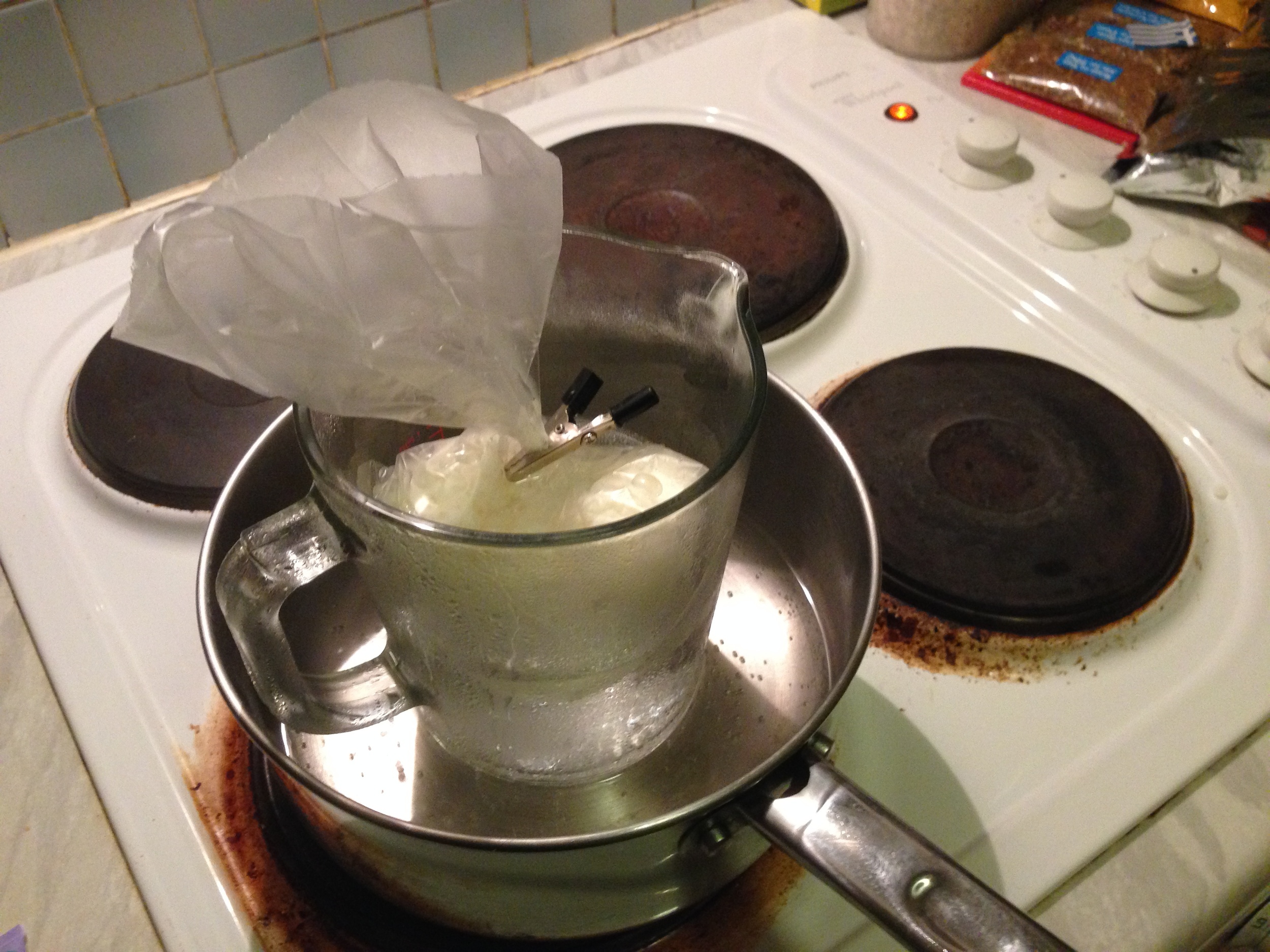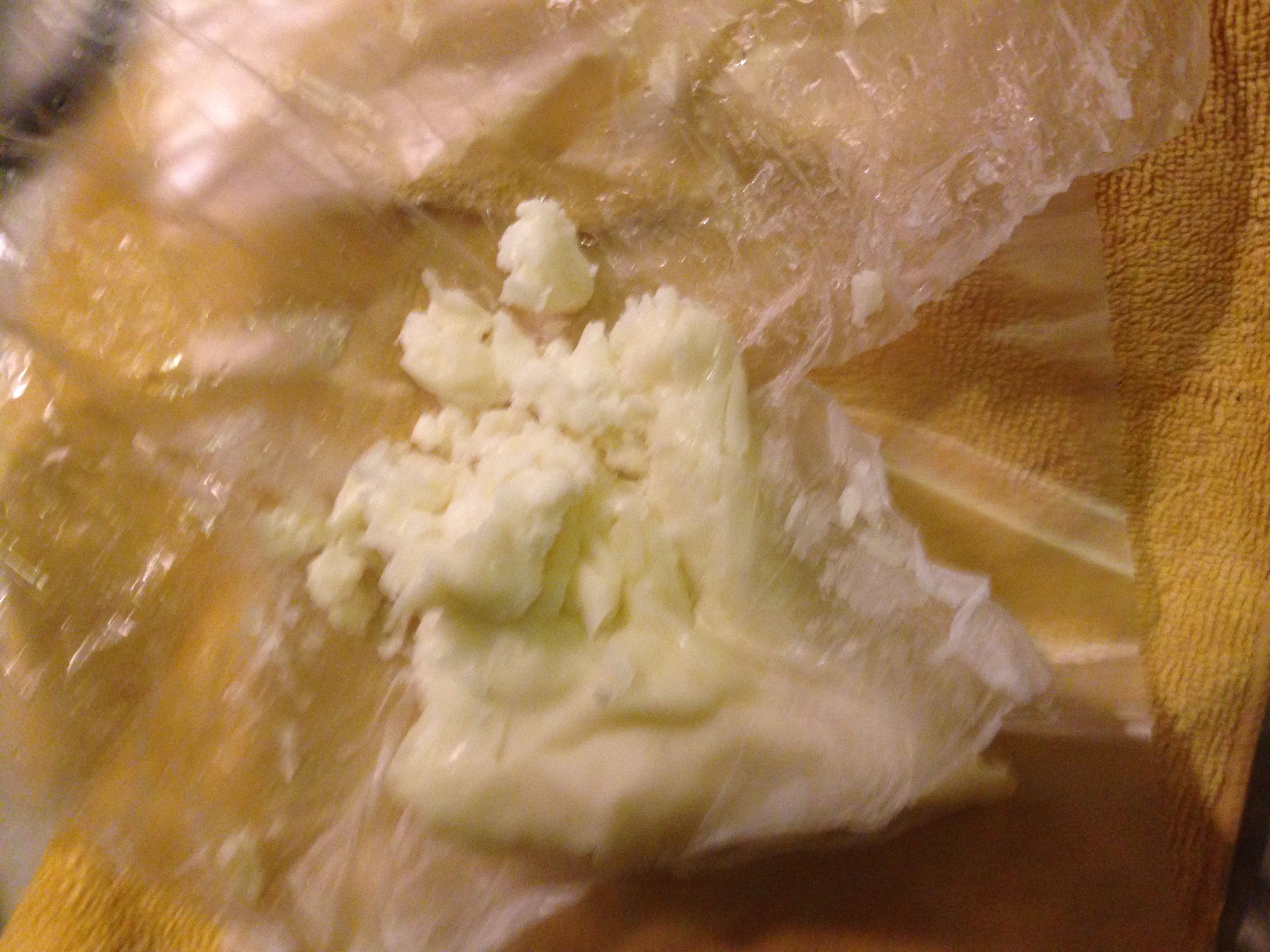Contact mics perhaps take the greatest amount of patience of any audio transducer to work with. From identifying what to attach them to, to simply finding a method of attachment, they can frustrate a new user easily.
I own a pair of JRF C-Series mics, and have tried attachment methods from blutack, to a clamp, to electrical tape. The Tonebenders podcast featured a great analysis by Michał Fojcik of several techniques of contact mic attachment, one of the best (to my ears) being beeswax.
From Michał's blog post, it appears he used raw beeswax, and a beeswax putty available to children as a Play Doh alternative. I figured that raw beeswax would be pretty unworkable if you were trying to work outside, as it would take a lot of body heat to make it malleable enough. Some additional research brought up this video:
Further research brought up a mention of Ann Kroeber, also previously featured in Tonebenders, and her use of a FRAP contact mic. An old colleague of her's mentioned mixing the natural moisturiser, lanolin, often used in crafts and health products to keep the beeswax sticky. So, with my beeswax order having arrived, I set about making my own contact mic beeswax putty.
Ingredients:
- 1 cup of beeswax pellets
- 2 tsps olive oil
- 1 1/2 tsp lanolin
Method:
I followed the method from the video above, except for adding some lanolin while adding the oil.
Also, I gently heated the oil and lanolin together into a mixture before adding, so the mixture wouldn't cool the melted wax around it.
I found the wax took a lot longer to melt than I thought, though I was using a large pyrex measuring jug in the pan, instead of a small cup like in the video tutorial.
The end result worked really well. It was sticky but malleable, and quickly warmed up in my hands for use. I would add an extra tsp of oil, as it did firm up to fairly hard wax again. The only other downside is that the wax will stick on the surfaces you attach it to, so beware. It will also leave wax on your mic surfaces.
I only had time for a quick test. I stuck the mics to the bottom of a porcelain type sink. This smooth glass like surface is usually troublesome for tape, but the wax had no problem attaching and staying there. Sonically, it does sound as though it captured a more even spread of frequencies than other methods I've used. The following excerpt has the raw recording, and an additional processed version to hear how well it could handle varispeeding.






